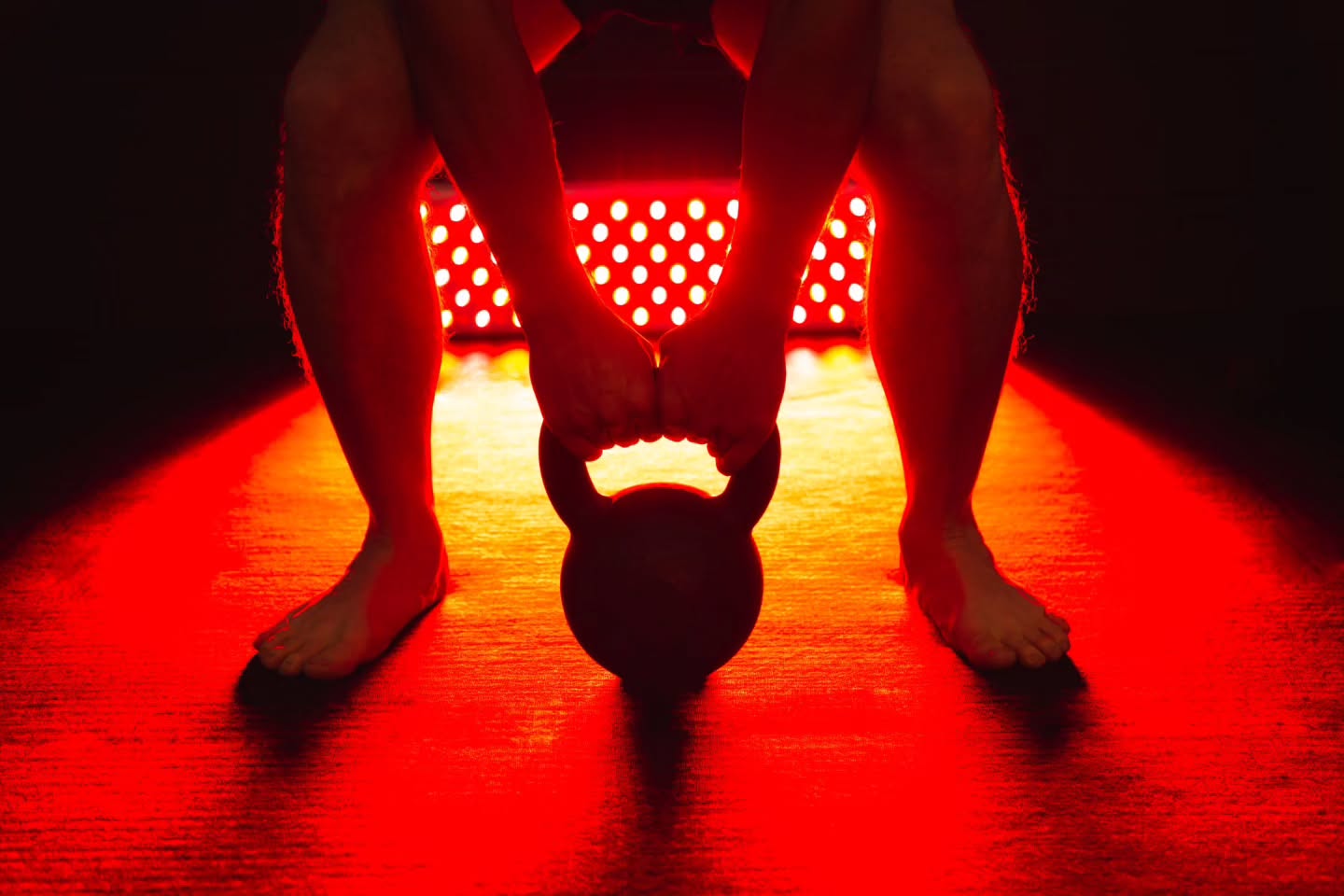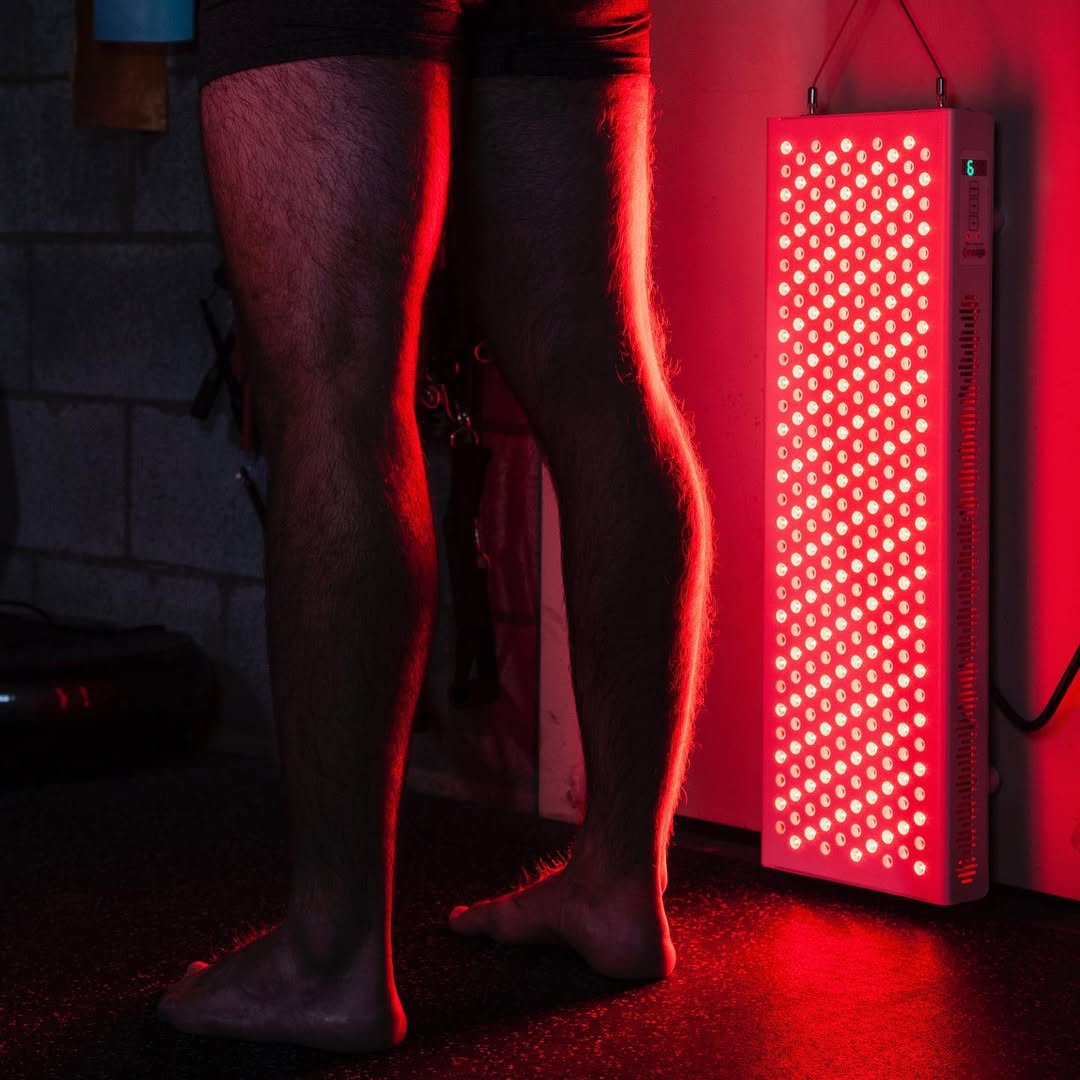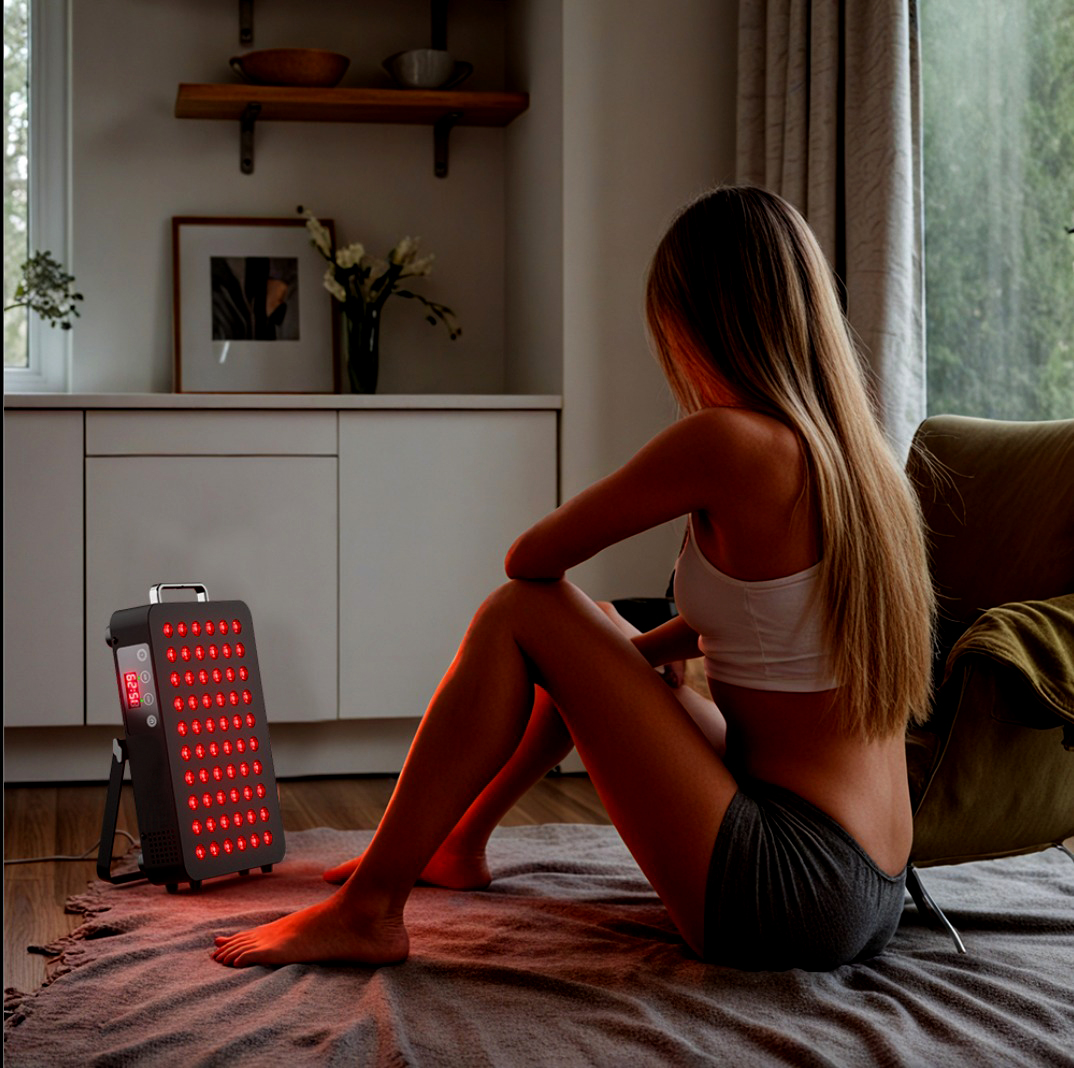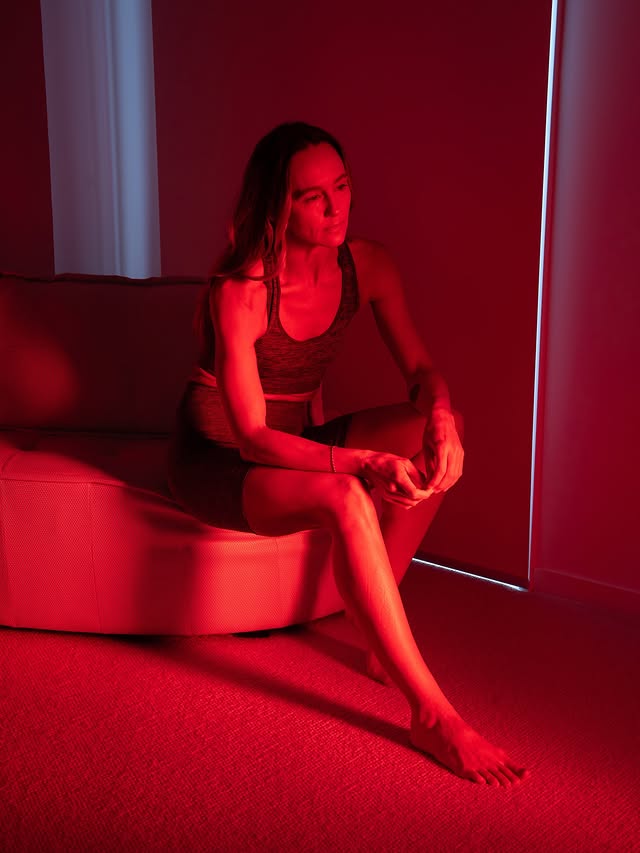![]() Free Shipping
Free Shipping ![]() Buy Now, Pay Later
Buy Now, Pay Later ![]() Eligible
Eligible
Red Light Therapy for Meniscus Tear: A Comprehensive Guide to Pain Relief and Healing
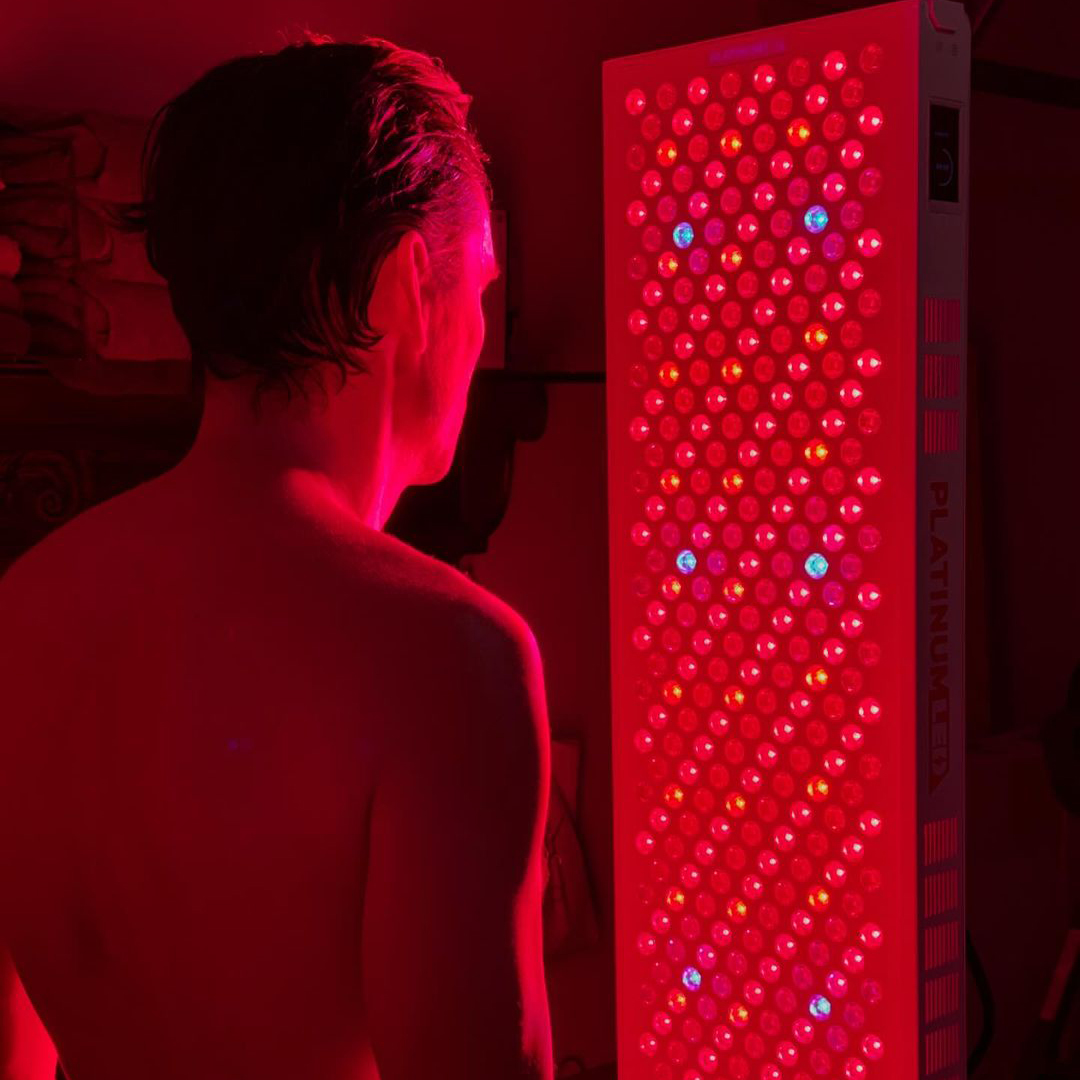
A meniscus tear is a common and often debilitating knee injury, affecting athletes and active individuals alike. The search for effective, non-invasive treatments is constant. While severe tears may require surgery, many are looking for conservative ways to manage pain and support the body’s innate healing processes. Enter Red Light Therapy (RLT), also known as Photobiomodulation (PBM).
This article delves into the science and application of red light therapy for meniscus tears, providing a clear, evidence-based guide to its potential benefits.
Understanding the Meniscus and the Challenge of Healing
The meniscus is a C-shaped piece of cartilage in your knee that acts as a shock absorber between your shinbone and thighbone. It’s crucial for stability, load distribution, and lubrication.
There’s a significant challenge in healing a meniscus tear: poor blood supply. The inner two-thirds of the meniscus, known as the “white zone,” lacks direct blood flow. This means the body struggles to deliver the necessary oxygen and nutrients for repair to this area, leading to slow, and often incomplete, healing.
How Does Red Light Therapy Work? The Science of Light
Red Light Therapy is a non-invasive treatment that uses specific wavelengths of red and near-infrared (NIR) light to penetrate the skin and interact with the body’s cells.
The primary mechanism occurs within the mitochondria, often called the “powerhouse of the cell.” Here’s a simplified breakdown:
- Cellular Absorption: The photons of light are absorbed by a enzyme called cytochrome c oxidase within the mitochondria.
- Boosted Energy Production: This interaction stimulates the mitochondria to produce more adenosine triphosphate (ATP), the fundamental energy currency of all cells.
- Cascade of Healing Effects: With more energy, cells can function more efficiently. This leads to a cascade of therapeutic effects:
- Reduced Inflammation: It modulates inflammatory cytokines, calming the overactive immune response.
- Increased Blood Flow: It stimulates the formation of new capillaries (angiogenesis), improving circulation to the injured area.
- Accelerated Tissue Repair: It promotes collagen synthesis and fibroblast proliferation, which are essential for repairing cartilage and connective tissue.
- Pain Relief: It can help reduce pain by decreasing inflammation and modulating nerve signals.
Expert Insight: “Photobiomodulation acts like a ‘jump start’ for compromised cells. In the context of a meniscus tear, it can shift the cellular environment from a stagnant, inflamed state to an active, reparative one, which is crucial for healing tissues with limited blood supply.” – Paraphrased from principles in the Journal of Orthopaedic & Sports Physical Therapy.
Specific Benefits of Red Light Therapy for a Meniscus Tear
Applying this science directly to a meniscus injury, the benefits are clear and targeted:
- Non-Invasive Pain Management: Offers a drug-free alternative to manage pain and stiffness associated with the tear.
- Reduction of Swelling and Inflammation: By improving circulation and modulating the immune response, RLT can significantly reduce edema and swelling in the knee joint.
- Stimulation of Cartilage Repair: While it may not regenerate a large tear, studies suggest it can stimulate chondrocyte (cartilage cell) activity and improve the health of the surrounding tissue.
- Faster Recovery Timeline: When used alongside physical therapy, RLT can help patients return to their normal activities and sports more quickly by accelerating the initial inflammatory and proliferative phases of healing.
- Improved Range of Motion: By reducing pain and swelling, patients often find it easier to perform prescribed rehabilitation exercises, leading to better functional outcomes.
Red Light Therapy vs. Other Conservative Treatments
How does RLT fit into a comprehensive treatment plan? The table below compares it to other common conservative approaches.
| Treatment Modality | How It Helps a Meniscus Tear | Key Considerations |
|---|---|---|
| Red Light Therapy | Reduces pain & inflammation at a cellular level; may stimulate tissue repair. | Non-invasive, minimal side effects; requires consistent use; often used as an adjunct. |
| Physical Therapy | Strengthens supporting muscles (quads, hamstrings); improves stability & range of motion. | Crucial for long-term knee health; requires active patient participation. |
| Ice & Anti-inflammatories | Provides temporary pain relief and reduces acute swelling. | Good for short-term symptom management; does not address underlying healing. |
| Corticosteroid Injections | Powerful anti-inflammatory effect for significant pain relief. | Provides temporary relief; potential for tissue weakening with repeated use. |
How to Use Red Light Therapy for a Meniscus Tear
Choosing a Device
You can access RLT through clinical settings (physical therapy clinics) or with at-home devices.
- Clinical Devices: Higher power, administered by a professional. Ideal for acute phases.
- At-Home Panels or Wraps: Convenient for daily use. Look for devices that combine red (630-660nm) and near-infrared (810-850nm) wavelengths for deeper penetration.
VELLGUS Elite V2
THE #1 RATED RED LIGHT DEVICE
VELLGUS pro V2 + flex stand
THE #1 RATED FULL BODY RED LIGHT DEVICE
Treatment Protocol
While you should always follow the manufacturer’s guidelines or a healthcare professional’s advice, a general protocol is:
- Preparation: Expose the skin around the knee for maximum light absorption.
- Positioning: Place the light source 6-12 inches from the skin, directly targeting the area of pain and the joint lines.
- Duration: Treat the area for 5-15 minutes per session.
- Frequency: Use it daily or every other day for the best results, especially in the first few weeks.
Consistency is key. Benefits are cumulative.
The Bottom Line: A Powerful Adjunct Therapy
Red Light Therapy is not a magic bullet that will instantly heal a severe, unstable meniscus tear. However, the scientific evidence is compelling. It is a safe, non-invasive, and effective adjunct therapy that can significantly improve outcomes when combined with a comprehensive treatment plan prescribed by your doctor or physical therapist.
It addresses the core challenges of meniscus healing—inflammation, pain, and poor cellular function—making it a valuable tool in the modern recovery toolkit.





